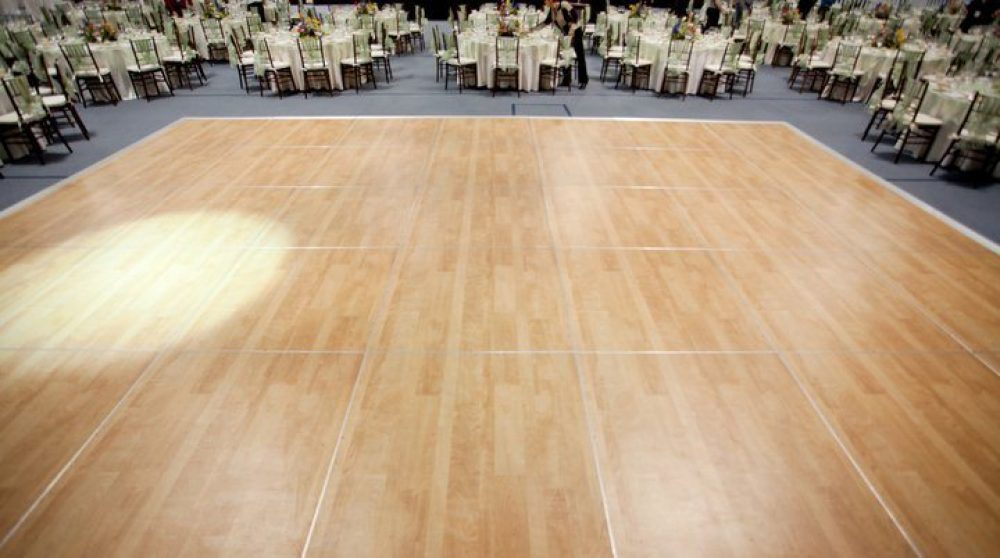One of the primary common materials used in contemporary dance floors is LED illumination. Light-emitting diode lights are energy-efficient and can generate a broad variety of hues and effects. They can be embedded in the floor directly or used as part of a illumination setup above the dance floor. This innovation allows for synchronized light displays that can alter in reaction to the music, creating an immersive experience. The ability to configure these lights means that they can be tailored to fit different concepts or atmospheres, making each event unique.

Another important material is mirror-like materials, such as reflectors or polished tiles. These surfaces can create an deception of space and dimension, making the dance floor appear larger than it actually is. When dancers dance, their reflections can add an additional layer of visual appeal, enhancing the complete performance. Additionally, reflective surfaces can interact with lighting effects, amplifying the hues and patterns displayed on the floor. This fusion of light and reflection can enthrall audiences and boost the energy of the occasion.
In furthermore to lighting and reflective substances, the use of digital screens has grown increasingly common in dance floor design. These screens can show lively visuals, graphics, or even live feeds of the performance. By incorporating digital innovation, occasion organizers can create a comprehensive experience that engages both the dancers and the spectators. The ability to change images in real-time allows for a dynamic environment that can adapt to the beat and vitality of the music, making each instance feel new and exciting.
Additionally, the choice of surface substance itself plays a crucial role in the complete encounter. Traditional wooden dance floors are still preferred for their strength and performance qualities. However, more modern substances like vinyl and rubber are becoming favor due to their versatility and simplicity of care. These substances can provide better impact absorption, minimizing the risk of harm for performers. Additionally, they can be designed with multiple patterns and colors, allowing for creative representation in Extra resources the dance floor's look.
In summary, the evolution of dance floors into breathtaking aesthetic encounters relies on a combination of innovative substances and technologies. LED lighting, reflective materials, electronic screens, and customized flooring materials all contribute to creating an engaging setting for performers and spectators. As innovation continues to advance, the possibilities for enhancing dance floor design will only expand, making future events even more enthralling and unforgettable. Comprehending these substances helps appreciate the artistry involved in creating environments where dance and melodies come together in harmony.